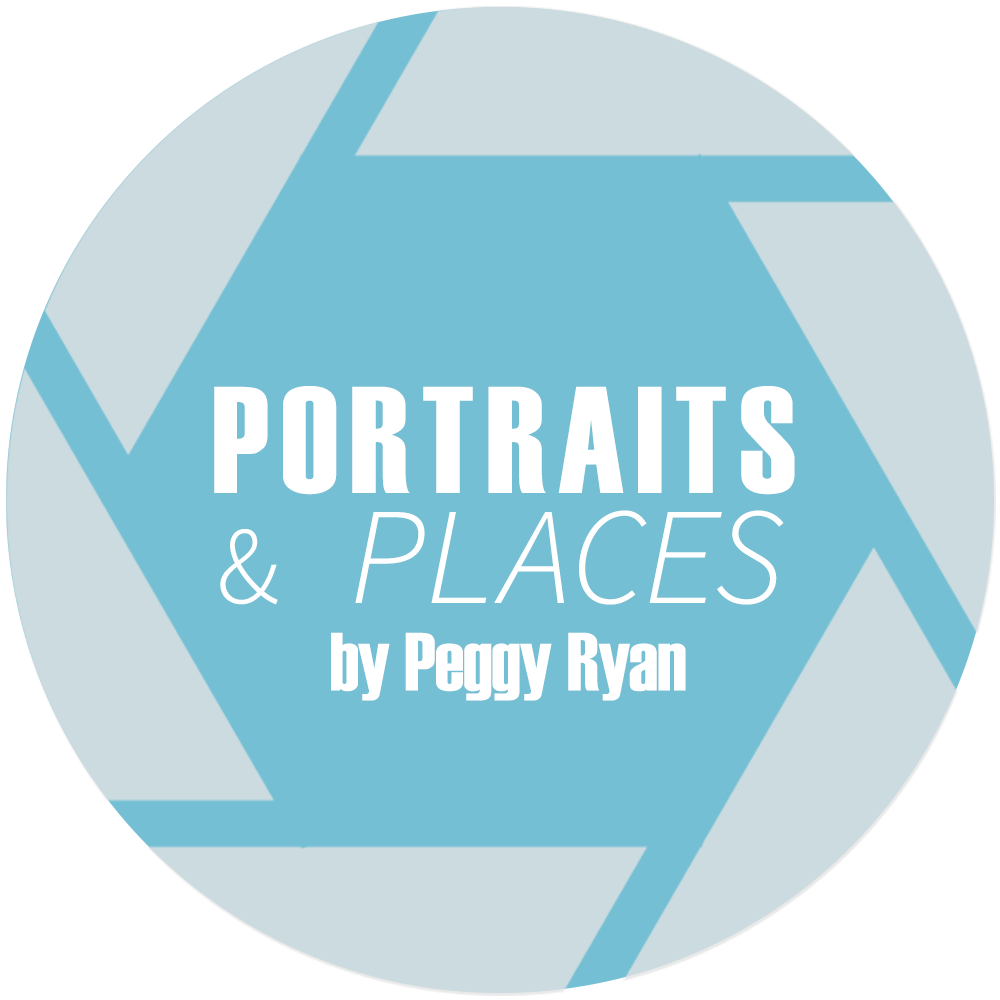I came to Assisi as a solo traveler after several weeks of intense work in Rome, to celebrate my birthday. It was a fitting way to celebrate a day for me, as part of my identity relates to Saint Francis, who was born in Assisi and founded the Franciscan religious order here in 1208. Many years ago, before I gave up my home to travel, I was a foster mom to dogs, cats, and a hamster, and Saint Francis is, perhaps, the ultimate animal lover.
I took a train from Rome to Assisi, an insightful trip into why Assisi’s region of Umbria is affectionately known as Italy’s “Green Heart.” So many lush valleys framed by beautiful mountains. I was caught by surprise, upon arriving at the train station, that there was a steep climb up Mount Subasio still required of my journey to my Airbnb. My taxi driver was a local and laughed at my Italian slang as he sped up the winding road, up the mountain, as the streets got narrower, and the traffic got sparser.
My Airbnb and my host were both lovely. It was early March and there was a chill in the air, and a quiteness about the evening. I stepped outside in search of food, but truly in pursuit of curiosity. I was ready to finally orient myself to this town I’d been imagining for years.
Assisi is a UNESCO World Heritage site. I didn’t know that at the time, I don’t believe, but it wouldn’t have come as a surprise. Dusk on the side of this mountain, winding through Assisi’s expertly preserved medieval streets, with the town spreading down into the sprawling valley ahead with twinkling lights and the occasional sihlohette of a tower, couldn’t have felt more special.
The next morning I set out with a minimal agenda. I didn’t have a name for it then, but I realize now that I practice slow traveling. I read up on thoroughly on my destination before I arrive, and then I just go with the flow based on how my days go, and with the aid of locals and Google Maps. It was a typical windy, March day, and there were very few tourists this chilly morning. I wandered around, taken with the sincerity of the spirituality of the area, with each passing sign and religious icon. In addition to St. Francis, St. Clare and St. Gabriel were born here.
I eventually made my way to the major attraction of Assisi: the basilica ordered by the pope to be built for Saint Francis after he died. The picture at the top of this post is one of the first glimpses I had of the basilica. I sent it to my mother, and she responded, asking me if my photo was a postcard. I watched the giant white puffy clouds moving around it, as if by design.
As I walked toward the basilica, I came across an opening in the long stone fence that lined the upper piazza. The door seemed to call to my name, and after walking through it and down a short, dirt path, there was a small tourist office taking donations for the nature trail. It somehow felt like the perfect activity for the day, my birthday. There was something enchanting about this place, and it felt like it needed exploring.
The trail was easy, and had much informative signage along the way. I busied myself taking photos of views and plants along the way, until the trail approached a Benedictine complex of Santa Croce, a former home to Benedictine nuns. I was charmed again by the small garden in honor of the nuns’ garden which was maintained by FAI, the widespread Italian environmental organization that had restored the trails and ran a visitor center out of the complex. They were running a composting class that day. I listened in as I explored the chapel that shared a wall, Chiesa Santa Croce.
I continued along the trail which now paralleled a small river, and watched across the river as locals enjoyed the day with their children and pets. I eventually ran into Torre Annamaria, which looked out over a land art project explained by signage called “Terzo Paradiso” (Third Heaven) by Michelangelo Pistoletto. I walked along the circular paths lined by 121 olive trees, the beautiful sun shining through the olive branches, contemplating the artist’s third heaven. There wasn’t another soul in sight. It was an unexpected and not unwelcome spiritual experience.
I emerged from the olive trees and decided it was time to make my way back. It didn’t take me long to walk back to the basilica, which I explored. The basilica is actually two churches stacked on top of each other. I couldn’t recommend them more, no matter what religion or spirituality you identify with. The church on top tells important stories through the images on the walls, and is really like visiting an art museum, as you walk along the walls and take in the information the images are conveying. The church on bottom feels like the heart of Saint Francis. It has a very low-key, welcoming and deep spirituality about it. I just stood there and took it all in, breathing a long, relaxing breath.
When I finally left the basilica, no tourists were in sight, only priests. Assisi is one of those towns that most people just see as a day trip, so at night, it feels as if I have the town to myself. The region of Umbria is known for its simple, delicious cuisine, so your dinner is sure to be as soul-nourishing as your day’s adventures.
Assisi has inspired some very inspirational people. I hope you’ll visit Assisi and find your own inspiration.













































 Our sweet and knowledgeable guide had great visuals to accompany her talks.
Our sweet and knowledgeable guide had great visuals to accompany her talks.




















































